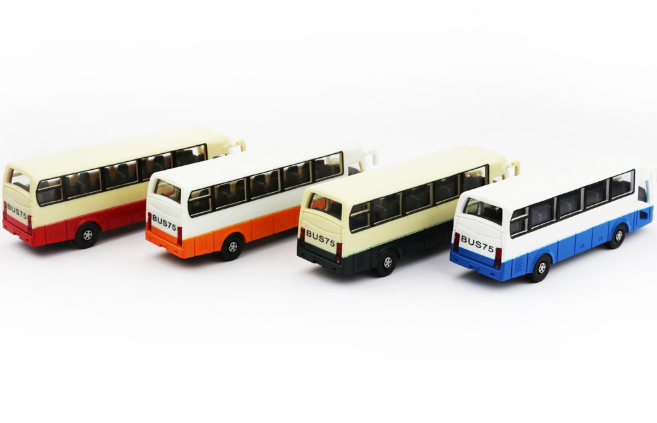Diecast toys are usually replications of cars and vehicles and are manufactured by die casting process. Today we’ll talk about how die cast toys or models are made and why they are expensive.

What Is a Die Cast Toy?
A die-cast toy is a metal or alloy toy made by injecting molten metal or plastic into a mold or die under high pressure using the die-casting manufacturing method. The resulting product is durable, detailed, and often sought after by collectors due to its authentic details and intricate design. Die-cast toys are commonly made in the shape of cars, trucks, planes, and other vehicles, as well as figures and other objects.
How Are Die Cast Toys Made?
Die-cast toys are made by injecting molten metal or alloy, such as zinc, aluminum, or lead, into a metal mold or die using high pressure. The dies, usually made of steel or other durable metals, are first created from a 3D CAD design. Molten metal is then injected into the die under high pressure using a specialized machine that can apply pressures ranging from several hundred to over one thousand tons. After the molten metal has cooled and solidified, the die is opened, and the newly formed toy is removed from the mold. Additional finishing processes, such as polishing, painting, and assembly, may then be carried out to enhance the toy’s appearance and functionality. Because of their detailed and often intricate designs, die-cast toys are highly valued by collectors and enthusiasts.
What materials are used to make diecast toys?
Die-cast toys are typically made out of metal or metal alloys, such as zinc, aluminum, and copper. Zinc is the most commonly used material for die-cast toys because it is relatively easy to work with and has a low melting point, making it ideal for use in high-pressure die-casting machines. Aluminum is often used for larger die-cast toys, as it is lightweight and has good casting properties. Other metal alloys that can be used for die-cast toys include lead, magnesium, and brass. The choice of material will depend on the desired characteristics of the toy and the manufacturing process used.
Why Are Die Cast Models and Toys Expensive?
1. Manufacturing cost: The process of creating die-cast models and toys involves using high-pressure casting machines and molds, which can be expensive to produce and maintain. The cost of the raw materials used, such as zinc or aluminum, can also contribute to the overall manufacturing cost.
2. Detail and quality: Die-cast models and toys are known for their intricate designs and high level of detail, which require skilled craftsmen and advanced production techniques to produce. The quality of the materials used and the attention to detail that goes into crafting each piece can affect the final cost.
3. Rarity and collectibility: Some die-cast models and toys are produced in limited quantities, which can increase their value and price. If a particular model or toy is highly sought after by collectors or enthusiasts, its price may increase due to supply and demand.
What is the worth of diecast toys?
The worth of die-cast toys can vary widely depending on several factors, such as the rarity of the toy, the condition it is in, and its popularity among collectors. Some die-cast toys can be relatively inexpensive, while others can be quite valuable, especially if they are part of a limited edition series or have a significant historical or cultural significance. The value of die-cast toys is typically determined through a combination of factors, including the toy’s age, condition, authenticity, and rarity. Some collectors may also be willing to pay a premium for toys that have original packaging or accessories. Ultimately, the worth of a particular die-cast toy is highly subjective, and its value will depend on the demand among collectors at any given time.

